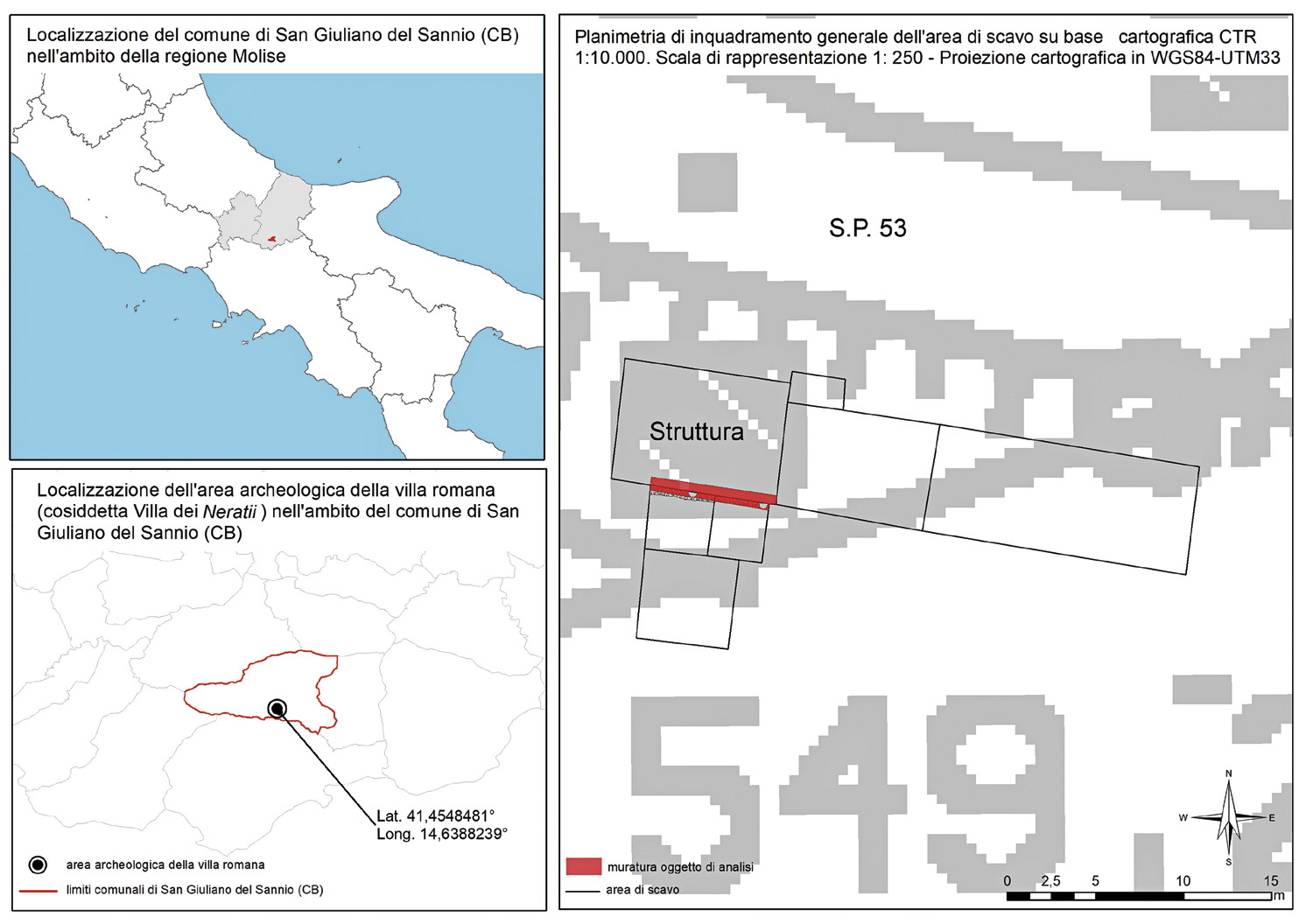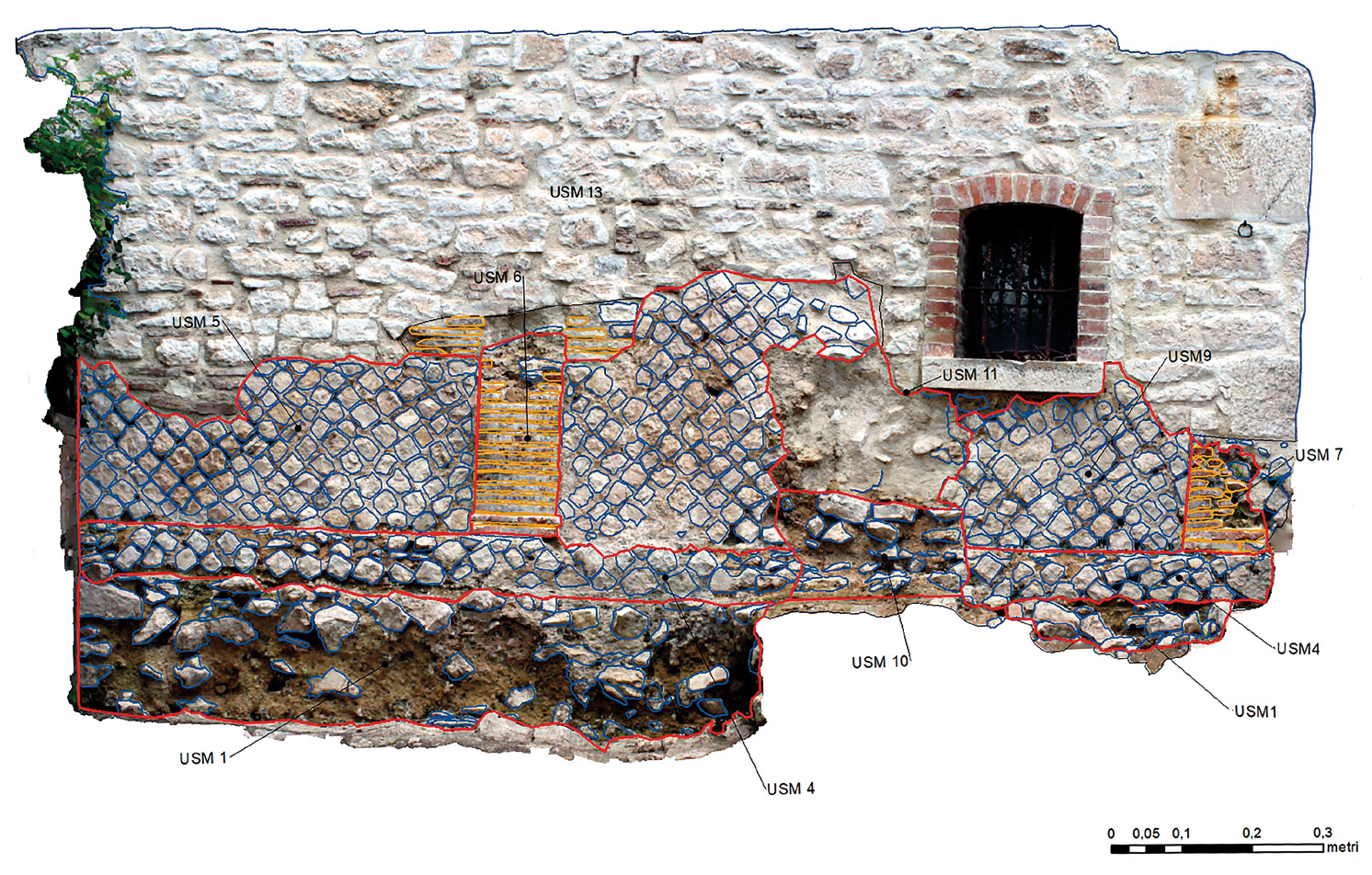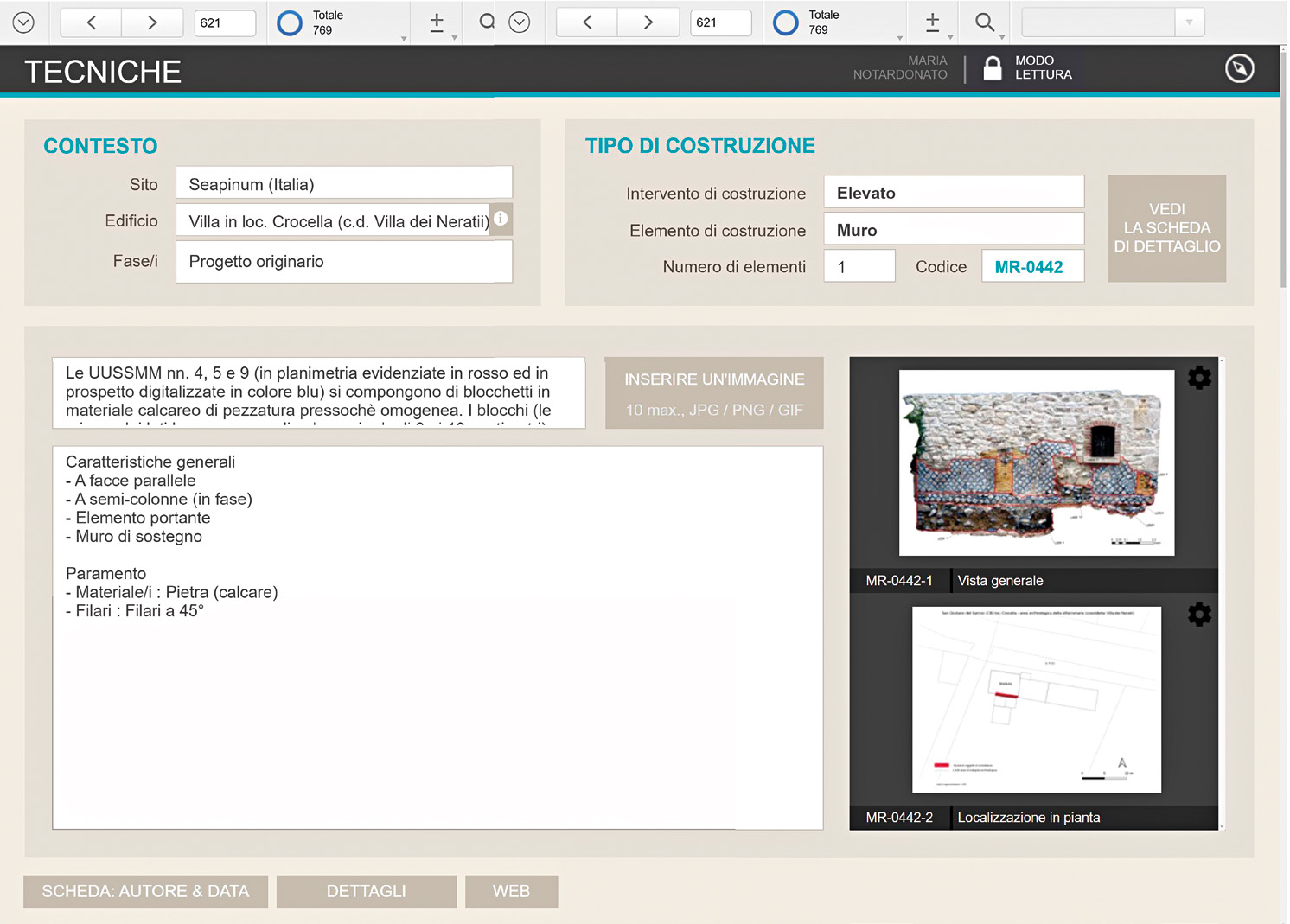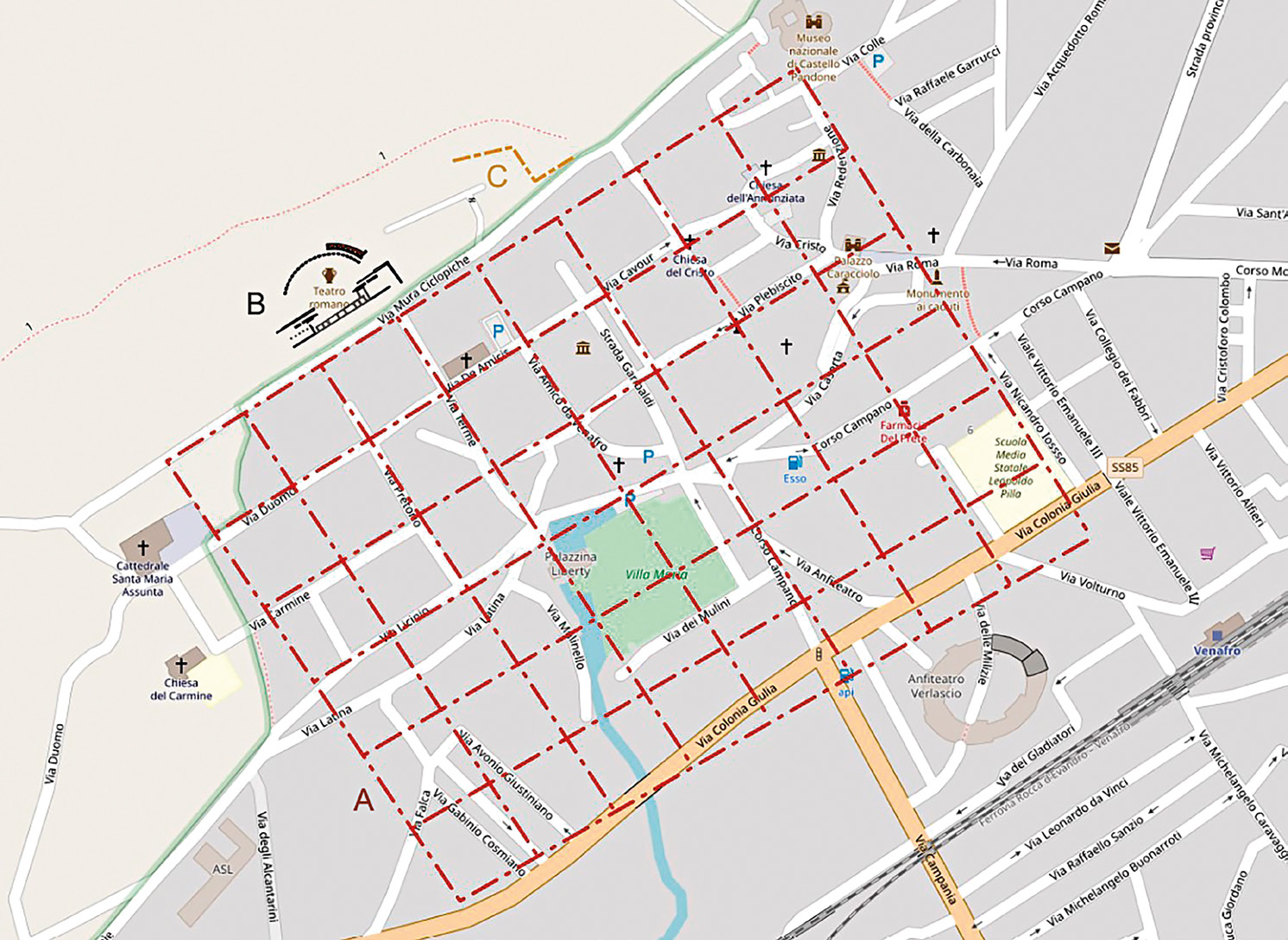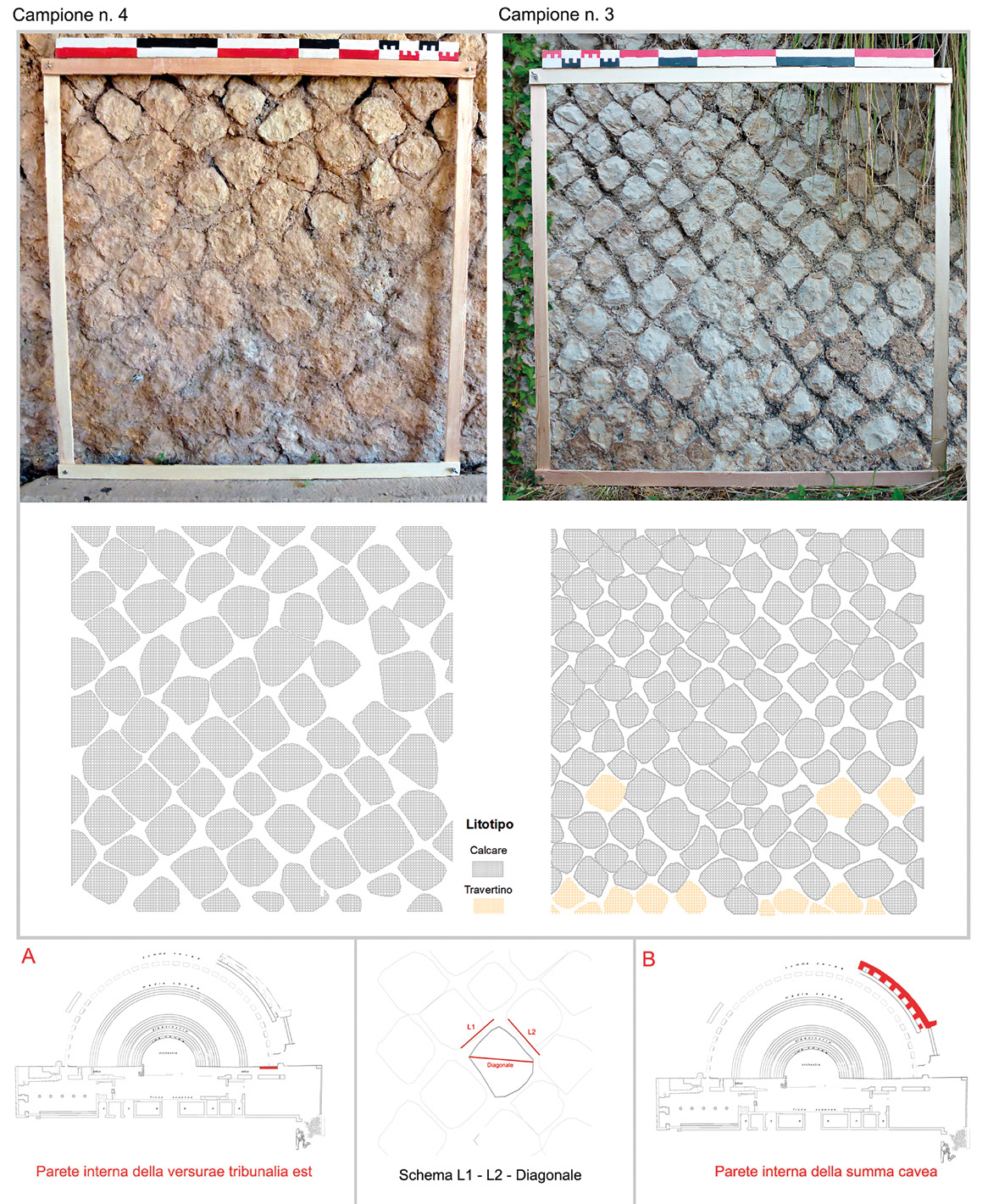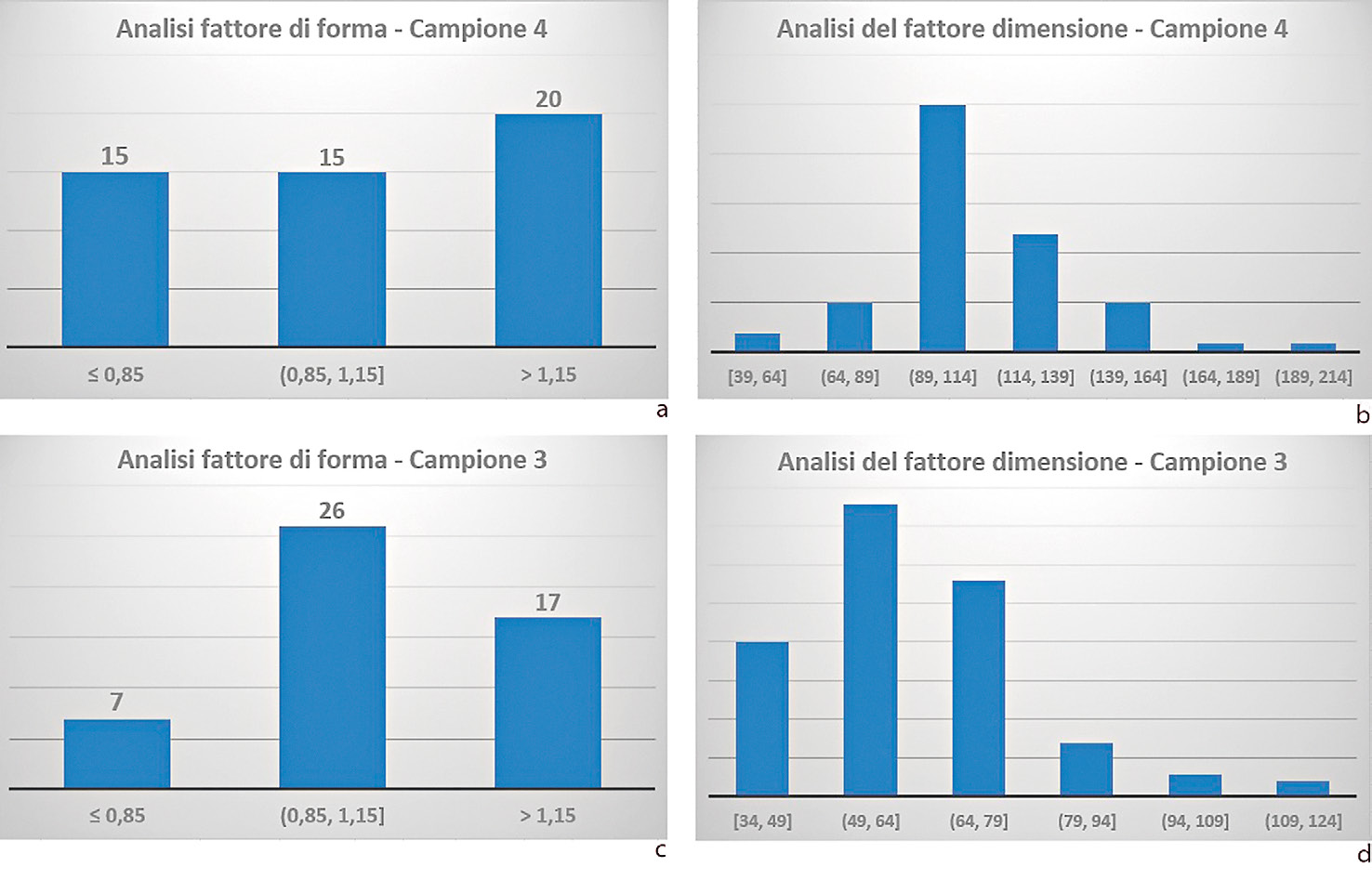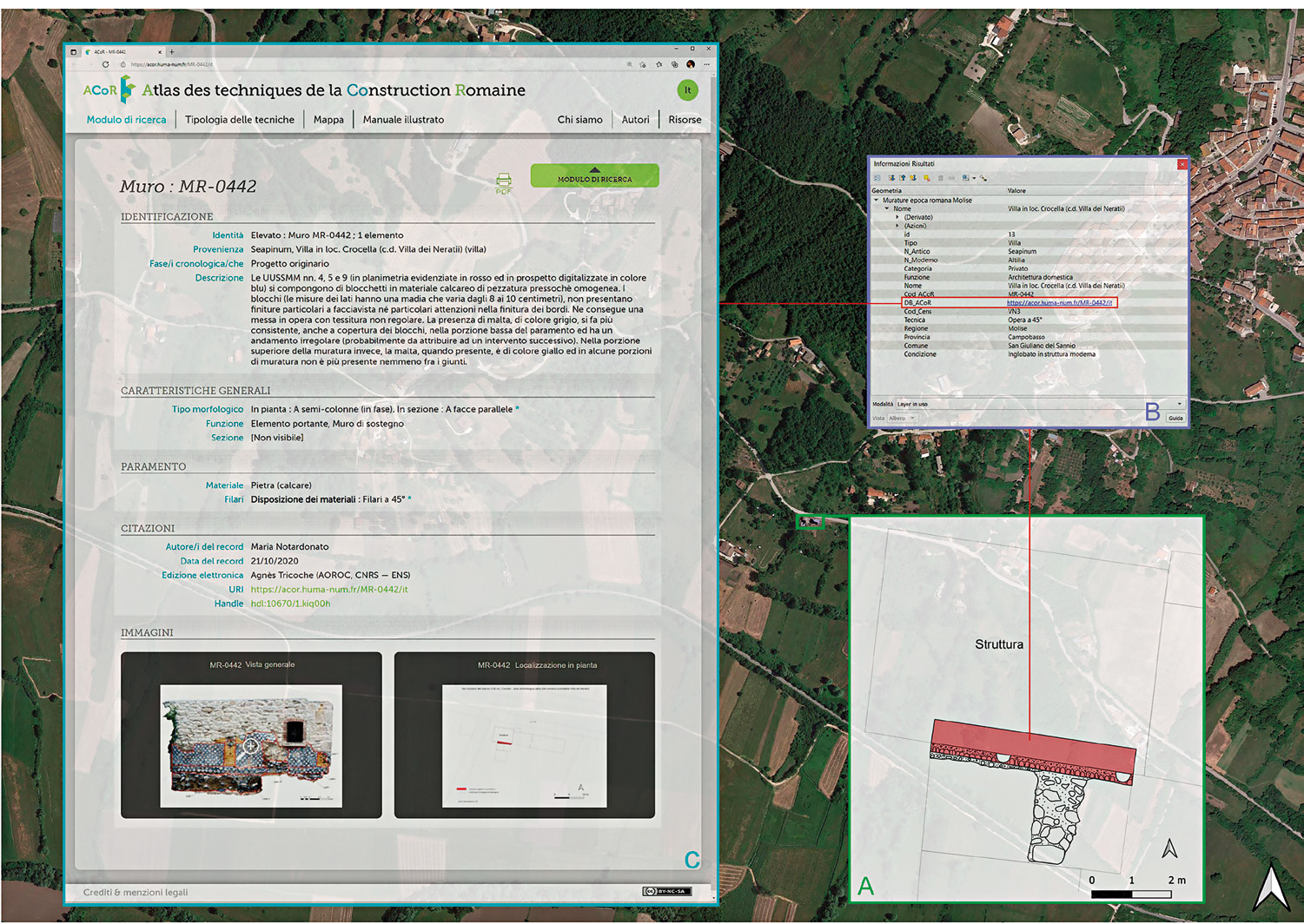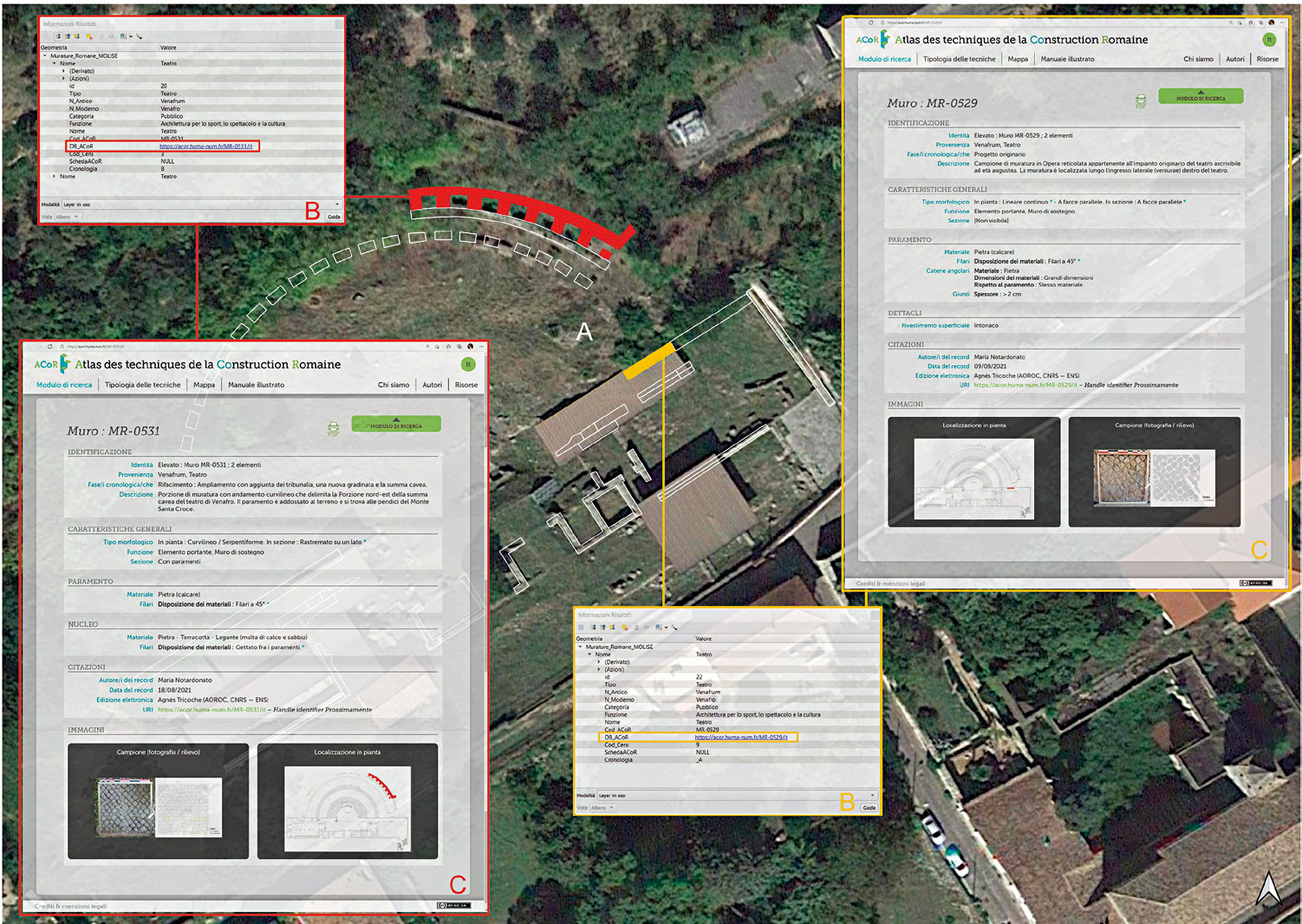Notardonato M. 2022, Il contributo dell’Università degli Studi del Molise allo studio delle tecniche murarie di età romana attraverso l'uso di metodologie informatiche. Due esempi di applicazione, in A. Arrighetti, R. Pansini (eds.), Sistemi e tecniche di documentazione, gestione e valorizzazione dell’architettura storica. Alcune recenti esperienze, «Archeologia e Calcolatori», 33.1, 113-134 (https://doi.org/10.19282/ac.33.1.2022.07)
Copy to clipboard Download: BibTeXIl contributo dell’Università degli Studi del Molise allo studio delle tecniche murarie di età romana attraverso l'uso di metodologie informatiche. Due esempi di applicazione
«Archeologia e Calcolatori» 2022, 33.1, 113-134; doi: 10.19282/ac.33.1.2022.07
Abstract
This article is the result of a research project currently being conducted at the University of Molise (Italy), aimed at drawing a cognitive framework of Roman building techniques in today’s Molise Region. The methods used to pursue this objective are specifically linked to masonry walls analysis, with an innovative interdisciplinary approach, entailing the use of a database, which is the result of the work of an international team of researchers (ACoR), in addition to the use of experimental methods to analyse the metric and the GIS platform to manage the geo-localization of the sites. Two different case studies are included in this paper, such as a Roman villa, i.e. a private building, in the municipality of San Giuliano del Sannio (CB), and a theatre, i.e. a public construction, in the municipality of Venafro (IS). Thanks to the different nature of the two examples, a different approach was used in analysing the parameters. For the private villa, the method employed was a stratigraphic reading of the structure, performed analytically; whereas for the public building, given its construction complexity being examined and the lack of results from the archaeological investigation, a sample method with metric parameter analysis was applied – already tested on the sites of Olimpia, Ostia and Cuma. The main aim is to contribute, through an extremely accurate analysis, filing, and geo-localization system, in the understanding of an area which is still under-researched and in which architectural information are extremely fragmented and little known.
Figures
Preview
Subjects:
Database Documentation, conservation and restoration
Download (PDF)Publishers:
CNR - Istituto di Scienze del Patrimonio Culturale
Edizioni All'Insegna del Giglio
This website uses only technical cookies strictly necessary for its proper functioning. It doesn't perform any profiling and doesn't use third party cookies of any kind.
Read our privacy policy for additional information.
By clicking 'OK' or closing this banner you acknowledge having read this information and accept the website's contents.

